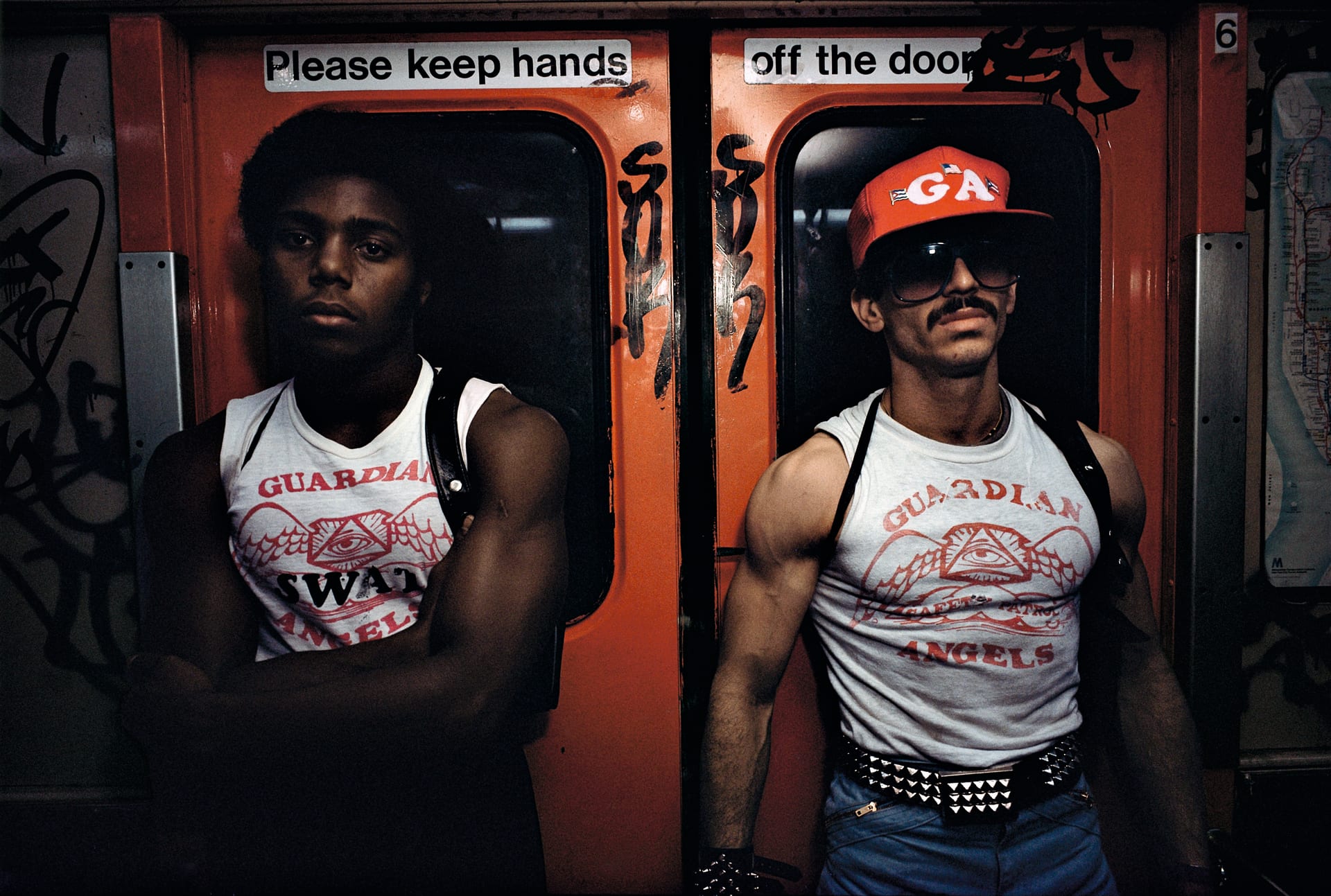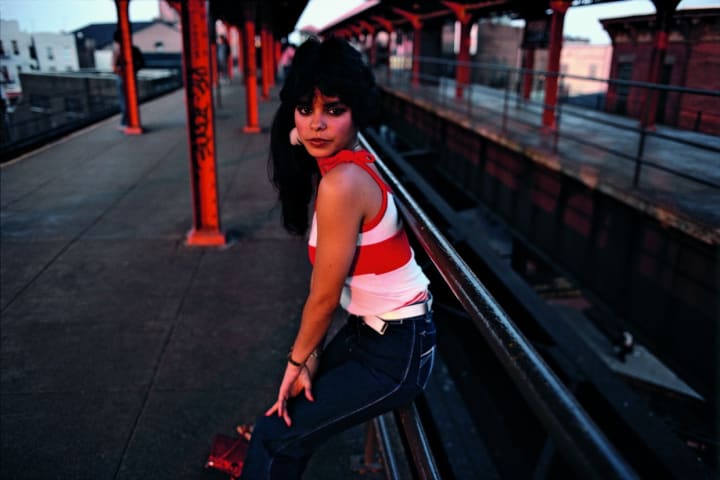
‘Subway’ Turns Gritty Photos Of NYC’s Metro Into Art
When I was studying art, I started a love affair with Mark Rothko and Edward Hopper. They aren’t the most obscure points of entry to the world of visual arts, but your first never are. They captured something that was nearly impossible to put my finger on. Even though they occupied totally different creative and artistic spaces, they both exuded an atmosphere that was inescapable, from Rothko’s abstractions to Hopper’s sense of voyeuristic isolation.
As a student I would visit the Tate Modern, where they had a collection of Rothko paintings. Four titans, each of whom occupied one wall of a darkened room. When I moved to London and went to see them again, the room had disappeared. It was on my final dejected lap that I came across a room with the exact dimensions of the Rothko paintings’ previous resting place.
The new room contained a set of photographs that, one by one, drew me into a world I never knew existed. It was New York, but not New York as I had experienced it. In films, the city was often depicted through the snowy, romantic lens of Hollywood, while in my own experience it was a busy and at times overwhelming but ultimately safe and welcoming city. The small information plaque informed me that the photos had been taken by Bruce Davidson and were part of a series called Subway, but didn’t offer much more. I gave serious thought to purchasing an early edition of the book on eBay, but the £250 price tag on my self-employed salary was out of reach. A subsequent and much more fairly priced edition was published by Steidl a year later and has since become one of my most cherished possessions.

In order to contextualize the work and the environment in which it was born, one has to understand that the subway in 1980 was a place New Yorkers treated with equal parts fear and respect. For many people, it was their only way to get to work, to see family or to navigate the vast city, and so necessity often eclipsed personal safety. Even before starting the series, Davidson spoke of training physically for the task. “To prepare myself…I started a crash diet, a military fitness exercise program,” he wrote. “I knew I would need to train like an athlete to be physically able to carry my heavy camera equipment around in the subway for hours every day.” He would go on to have that very same camera equipment stolen at knifepoint while shooting the series, which he referred to as an occupational hazard.
Taken long before the arrival of digital photography, the fragile and fleeting nature of the pictures is never more apparent than when compared to the present day, where taking multiple versions of the same subject until achieving the “perfect shot” is commonplace. Having started the series in black and white, Davidson soon switched to color film, and what’s striking throughout the series is how varied the tone of the shots are, at once sun-drenched and then pitch-black with only a single, guiding source of light. In his introduction to the book, Davidson writes: “After a while, however, I began to see a dimension of meaning that demanded a color consciousness…color in the subway was different. I found that the strobe light reflecting off the steel surfaces of the defaced subway cars created a new understanding of color.”
The “new understanding of color” makes these images feel more like movie stills than photographs, the subjects unaware or disinterested in his presence. In the same way that the gaze of Hopper’s paintings always seemed to be from the perspective of an observer rather than a participant in the scene, so too do these. They are snapshots in time, as serene and beautiful as they are harrowing and menacing. A woman in a red evening dress reads her book on the platform at dusk; a man pulls a gun on another passenger; a family wait to go to their son’s graduation—Subway is a document not just of a transport system, but of an entire ecosystem that existed for a time underneath the streets of New York.
Great artists show you worlds you thought you understood but in a way you never knew was possible. In the same way that Rothko first taught me about space and Hopper about observation, Davidson taught me that sometimes, entire worlds and stories are right beneath our feet.
Midland runs the labels Graded and Re-Graded and recently crafted an Essential Mix. Header image from Subway by Bruce Davidson, published by Steidl.
Published March 03, 2016.
